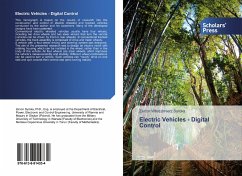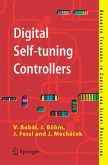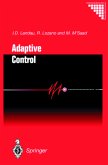This monograph is based on the results of research into the construction and control of electric wheeled and tracked vehicles conducted by the author and his coworkers. Many of the developed designs have been patented. Conventional electric wheeled vehicles usually have four wheels, including two drive wheels and two steer wheels that turn the vehicle (vehicles can be driven by front or rear wheels). In conventional tracked vehicles, the track assembly is composed of drive and trailer wheels. A vehicle with a four-wheel driving and steering system was designed. The aim of the presented research was to design an electric motor with rotating housing which can be installed in the wheel, rather than in the body of the vehicle. All four wheels are steer wheels, which improves the vehicle's maneuverability and stability. Different wheel combinations can be used to turn a vehicle. Such vehicles can "nearly" drive on one side and spin around their central axis (zero turning radius).
Hinweis: Dieser Artikel kann nur an eine deutsche Lieferadresse ausgeliefert werden.
Hinweis: Dieser Artikel kann nur an eine deutsche Lieferadresse ausgeliefert werden.








